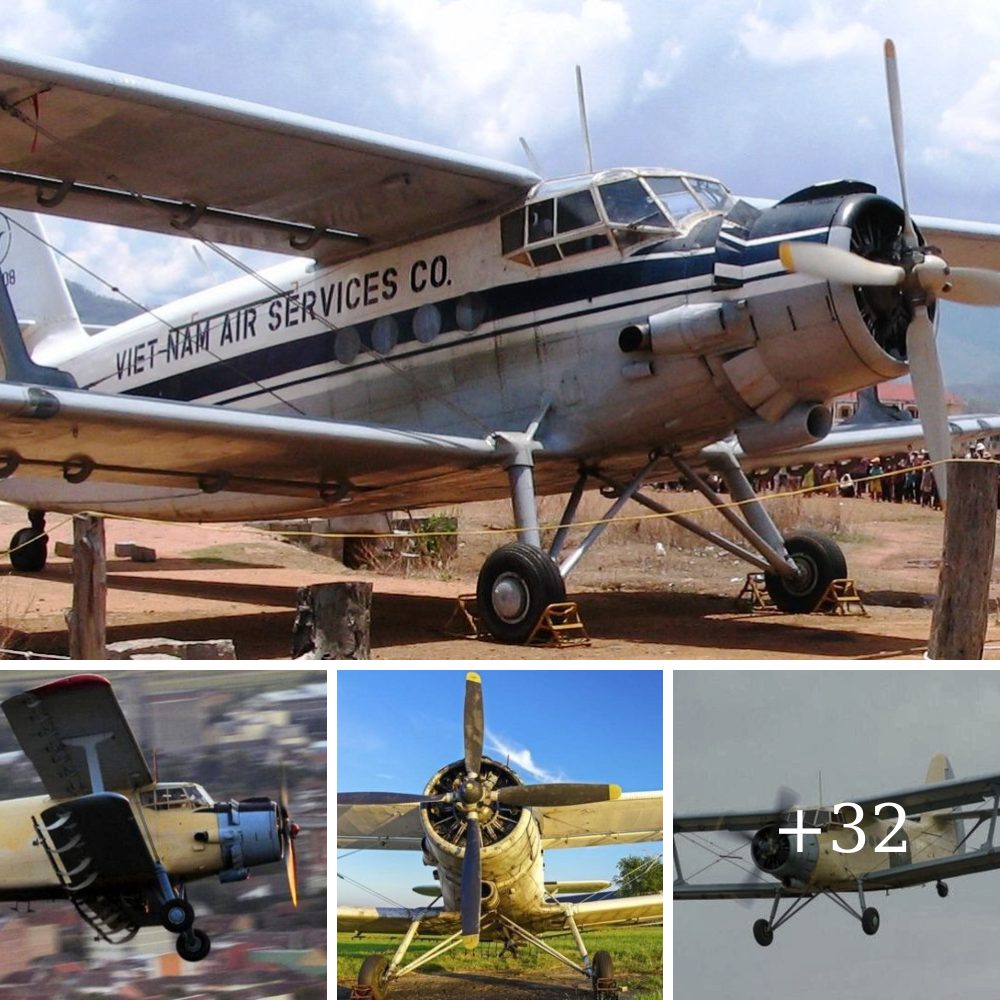Three years ago, California-based Jump Aero announced its plan to bring first responders to emergency sites via eVTOL aircraft. The company has now unveiled the design and specs of the vehicle, and already has a buyer lined up.

Called the “JA1 Pulse,” the eVTOL (electric vertical takeoff and landing) aircraft has what’s known as a “tail-sitter” design.
This means that when it’s on the ground, it sits with its nose and eight electric-drive propellers facing upward. It takes off vertically – like a helicopter – but tips sideways into a horizontal orientation once it’s reached cruising altitude. Structural elements between the props then serve as biplane wings, allowing for faster, more efficient forward flight than would be possible with a helicopter- or multirotor-type design.
The single occupant (who is both the pilot and the first responder) is in a standing position when the Pulse is on the ground, and in a prone position once the aircraft tips forward. In both positions, they’re able to look forward and down through windows in the vehicle’s nose and belly.

Simplified flight controls mean that extensive training isn’t necessary, plus there is reportedly no single point on the eVTOL that will cause catastrophic failure should it malfunction. That said, if the Pulse isn’t able to stay airborne for whatever reason, a ballistic airframe parachute can be deployed.
As far as hard numbers go, plans call for the aircraft to have a top speed of 250 knots (463 km/h or 288 mph), a maximum pilot/equipment weight capacity of 150 kg (331 lb), and to be deployable in less than 60 seconds – it should be able to reach any location within a 50-km (31-mile) radius in under eight minutes.

The Pulse will additionally be able to land on slopes of up to 10 degrees, and be transported on the back of a flatbed truck without any disassembly. Each of its eight motors will be powered by a separate 11-kWh battery, all of which can be charged simultaneously via a single port.
Because the aircraft can’t carry patients, it isn’t intended to replace traditional ambulances. Instead, the idea is that when an emergency services operator receives a call in which Advanced Life Support is necessary, they will dispatch both an ambulance and a Pulse.
The aircraft will presumably reach the patient’s urban or rural location much sooner, at which point the pilot will set to work with onboard lifesaving equipment such as a heart monitor, automated CPR machine and oxygen supply. When the ambulance arrives its crew will take over, freeing up the Pulse for other calls.
According to Jump Aero, Falck Ambulance Services is the first commercial client to place an order for the aircraft. Although no details on the order have been shared at this point, Denmark-based Falck is the self-described “world’s leading international ambulance operator,” providing ambulance services to clients in 15 countries.
There is no word on when the JA1 Pulse may enter real-world use. For now, you can see it in animated action in the video below.
Source: Jump Aero





